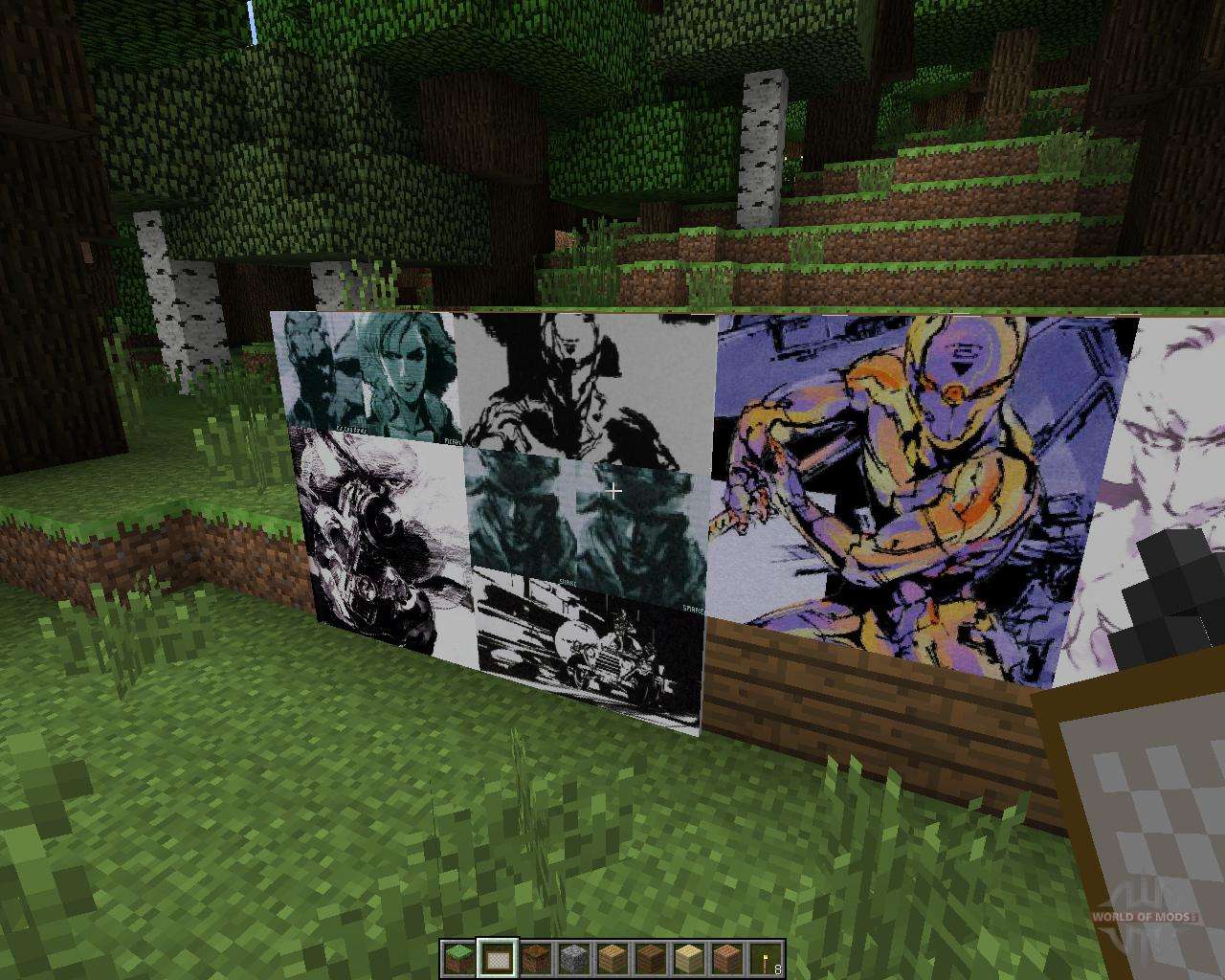
Once it reliably did so, the tea eggs were buried up to 1 cm deep, and training continued until the rat emitted the indicator response to all tea eggs that contained TNT and to no tea egg that did not contain it on at least 2 consecutive days. The rat received a reinforcer (click and banana) only if it bit or dug at a tea egg that contained TNT.

Next, the rats were exposed to a procedure in which perforated stainless steel balls (tea eggs), some that contained TNT and some that did not, were placed with the rat on a solid platform (0.75 cm by 3 m) with high sides and covered with soil. Training with 60 to 90 samples per day continued until a rat consistently emitted the indicator response on 100% of occasions when TNT was present and on no more than one occasion when TNT was absent.
METAL GEAR SOLID 1 MINE DETECTOR TRIAL
The trainer sounded a click and delivered food on each trial that a rat kept its nose in a hole above TNT for 5 s, but not at any other time. During initial discrimination training, half of the pots contained TNT-contaminated soil and half contained plain soil. Positive samples were as just described, whereas negative samples consisted of 2 g of sandy soil spiked with water.

In all stages, correct and incorrect responses were recorded by each rat's trainer.ĭiscrimination training began in a three-hole cage, which allowed positive and negative samples to be presented. Multiple daily trials occurred until the rat placed its nose in the hole within 5 s of being put in the cage and kept it there for the required number of seconds on 10 consecutive tests, after which discrimination training began. (TNT is the main explosive charge in the majority of land mines.) The trainer sounded a click and presented a mouthful of mashed bananas mixed with crushed rat chow through a plastic syringe if the rat placed its nose in the hole for 2, and later 5, consecutive seconds. This sample, presented in a small pot, consisted of 2 g of sandy soil to which up to five drops of aqueous 2,4,6-trinitrotoluene (TNT 100 ng per microliter) was added. Initial response training took place in a metal cage that contained a 2-cm hole in the floor below which a positive training sample was presented. Our experimental question was: What is the miss rate of pouched rats used operationally for mine detection? Failures to find mines (misses) are a serious safety concern, and a zero miss rate is always desired although sometimes unattainable (Guelle, Smith, Lewis, & Bloodworth, 2003).Ĭlicker training, in which a sound was repeatedly presented just before food to establish it as a conditioned reinforcer as well as a discriminative stimulus for approaching handlers, occurred after the initial socialization. We describe herein their performance during 2009 in demining operations in Gaza Province, Mozambique, where mines were placed during the civil war that ended in 1992. Operant discrimination training has been shown to be successful in teaching Cricetomys to search for land mines in a simulated minefield ( Verhagen, Cox, Mauchango, Weetjens, & Billet, 2003) and in limited tests on an actual minefield ( Verhagen, Weetjens, Cox, Weetjens, & Billet, 2006). Finally, behavior analysts and other researchers have long studied the operant behavior of rats (e.g., Skinner, 1938, 1953), although not specifically Cricetomys, and have developed excellent procedures for training the animals (e.g., Iversen & Lattal, 1991a, 1991b). Moreover, they weigh too little to activate most mines and have long working lives (up to 6 years).

The rats have an excellent sense of smell and are native to sub-Saharan Africa and therefore are resistant to local parasites and diseases. In recent years, researchers have explored the possibility of using giant African pouched rats ( Cricetomys gambianus) as demining animals in Africa.

Demining is accomplished through the use of mechanical devices, such as armored automotive tillers and flails or handheld metal detectors, and with the help of animals, usually trained dogs ( Geneva International Centre for Humanitarian Demining, 2007). Victims often are both severely handicapped and unable to afford the rehabilitation and other services that they need.ĭemining hazardous areas is important, but it is also costly and time consuming. People in more than 70 countries are adversely affected by mined areas, and nearly 500,000 people live with injuries inflicted by mines ( Landmine Monitor Report, 2009). Many remain and do great harm by denying civilians access to their homes and land, as well as by causing bodily harm, death, and psychological duress. Military and paramilitary forces have planted millions of land mines since 1900.


 0 kommentar(er)
0 kommentar(er)
